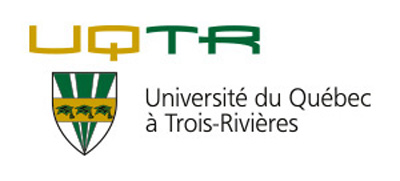Related projects
Discover more projects across a range of sectors and discipline — from AI to cleantech to social innovation.
Mitacs brings innovation to more people in more places across Canada and around the world.
Learn MoreWe work closely with businesses, researchers, and governments to create new pathways to innovation.
Learn MoreNo matter the size of your budget or scope of your research, Mitacs can help you turn ideas into impact.
Learn MoreThe Mitacs Entrepreneur Awards and the Mitacs Awards celebrate inspiring entrepreneurs and innovators who are galvanizing cutting-edge research across Canada.
Learn MoreDiscover the people, the ideas, the projects, and the partnerships that are making news, and creating meaningful impact across the Canadian innovation ecosystem.
Learn MoreTo sustain its leadership in the world marketplace, the Canadian pulp industry must continue to increase pulp quality, while it improves manufacturing efficiency, reduces energy consumption and decreases impact on the environment. Properties of a manufactured pulp vary with production parameters and characteristics of the feedstock. To produce pulps of the highest quality at lowest cost, a manufacturing process must continually optimize its conditions to fit the feedstock. This requires real-time process-analysis methods that measure the pulp in a production stream and predict its fitness for final purpose. Conventional wet-chemical methods now in use do not offer the possibility for real-time assessment. Work in our laboratory has shown that spectroscopic measurements, when fused with physical data on fibre characteristics, can accurately predict the properties of a finished paper product from the instantaneous measure of an in-process pulp. We propose to bring our spectroscopic methods to the production line, together with a machine learning approach to data processing that integrates spectroscopic information with known production parameters and real-time measures of fibre properties to realize an industry hardened, fully automated, online gauge of pulp and final-product paper quality attributes for deployment in a working pulp mill.
Edward Grant
Ashton Christy
Canfor Pulp Limited Partnership
Chemistry
Forestry
Accelerate
Discover more projects across a range of sectors and discipline — from AI to cleantech to social innovation.
Find the perfect opportunity to put your academic skills and knowledge into practice!
Find ProjectsThe strong support from governments across Canada, international partners, universities, colleges, companies, and community organizations has enabled Mitacs to focus on the core idea that talent and partnerships power innovation — and innovation creates a better future.













































































































































































































































































































